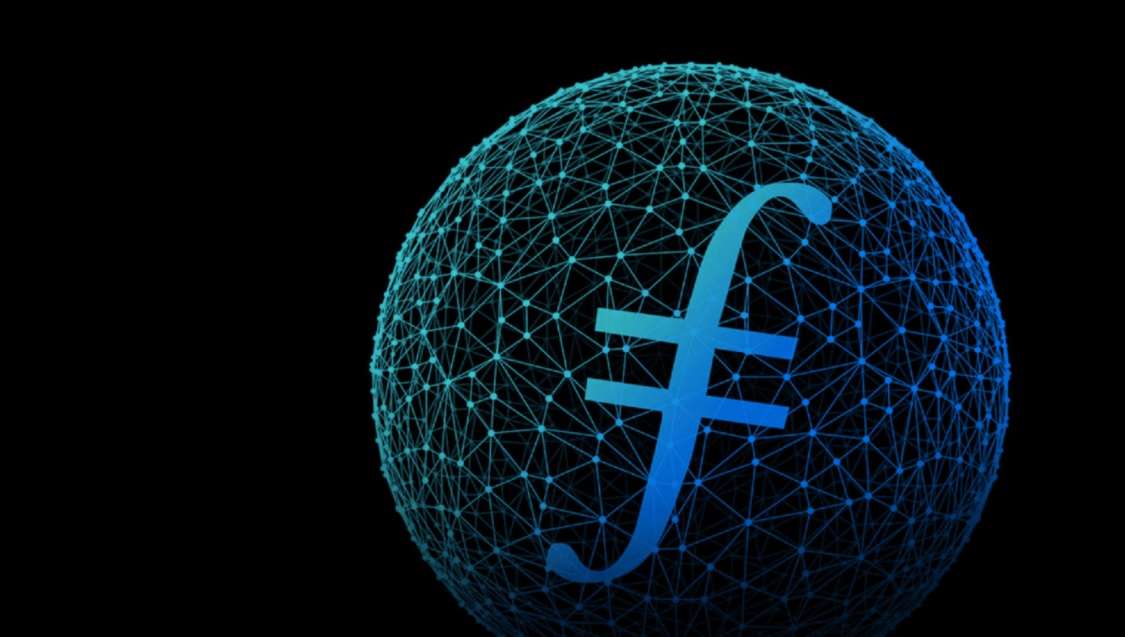Microsoft, Goldman, Cboe Team Up for Blockchain for Institutional Crypto Assets
:max_bytes(150000):strip_icc()/GettyImages-1401887553-040f1444796743e9a15720e7ca7338b9.jpg)
[gpt3]rewrite
Goldman Sachs ( GS ), Deloitte, Cboe Global Markets ( CBOE ), Microsoft ( MSFT ), and fintech firm Digital Asset have teamed up to create a blockchain network that will help execute smart contracts for financial products for institutional crypto assets simultaneously as security and regulatory requirements are maintained. .
Important takeaways
- Goldman Sachs, Deloitte, Cboe Global Markets, Microsoft and Digital Asset are working together to create a blockchain network for institutional crypto assets.
- The Canton Network will allow various applications built on Daml, a smart contract language developed by Digital Asset, to interact and allow the exchange of assets.
- Unlike permissionless public blockchains like Bitcoin and Ethereum, the Canton Network will function more like a permissioned blockchain, as individual users must gain access via a participating financial intermediary.
What is Canton Network?
Canton Network is based on Daml, a smart contract language developed by Digital Asset, and Canton, a scalable and privacy-enabled blockchain platform. The network aims to create a decentralized infrastructure that allows different applications built with Daml to interact and synchronize assets, data and cash across previously siled systems in the financial markets.
For example, the network can facilitate an atomic swap transaction between digital bonds and digital payments across separate applications, ensuring simultaneous exchange without reconciliation.
Similarly, the network can enable financial transactions with security using digital assets across different applications. The network aims to capture the benefits of public blockchains without the perceived flaws, such as lack of privacy and inability to scale, that must be avoided in this type of highly regulated institution.
It is a blockchain, but not fully decentralized
Unlike other blockchains that replicate the same data across all nodes on the network, Canton Network’s security and privacy comes from the fact that transactions are only verified by the participants involved in the transactions. Each node on the network only has need-to-know or right-to-know information.
Public blockchains like Bitcoin and Ethereum are permissionless, but the Canton Network will function more like a permissioned blockchain, as individual users must gain access through a participating financial intermediary
Although these types of permissioned blockchains are often criticized by advocates of public, permissionless networks, the reality is that extreme decentralization may not be necessary for these types of regulated assets. However, in the past, a number of other similarly constructed blockchains, such as Meta’s Diem initiative, have failed for a variety of reasons.
The Canton Network has been operating for some time with limited access for participants such as ASX, BNP Paribas, Broadridge, Cboe Global Markets, Cumberland, Deloitte, Deutsche Börse Group, Digital Asset, Goldman Sachs, Microsoft, Moody’s, Paxos, S&P Global, SBI Digital Asset Holdings and Umbrage.
“As of early 2023, financial institutions are transacting over $50 billion daily on the limited-access subnet of the Canton Network,” Digital Asset said in its Canton Network whitepaper.
[gpt3]






















![FTX’s venture arm Alameda invested over a billion in Bitcoin [BTC] mining company FTX’s venture arm Alameda invested over a billion in Bitcoin [BTC] mining company](https://www.cryptoproductivity.org/wp-content/uploads/2022/12/dmitry-demidko-gOHvUWwN-hE-unsplash-1000x600-120x120.jpg)

